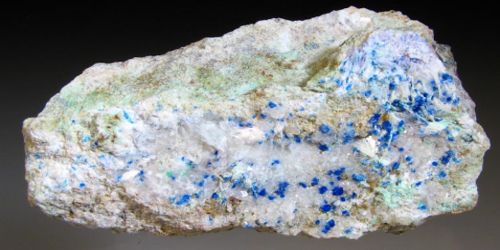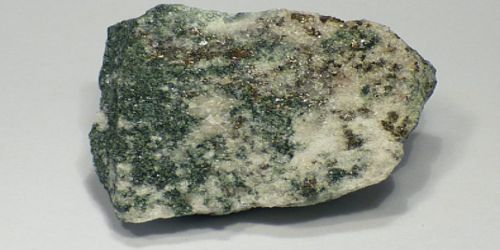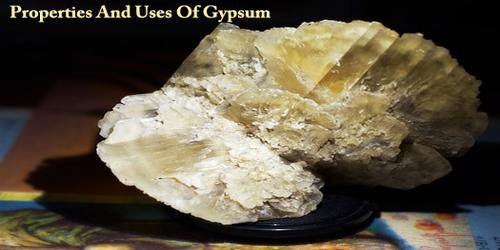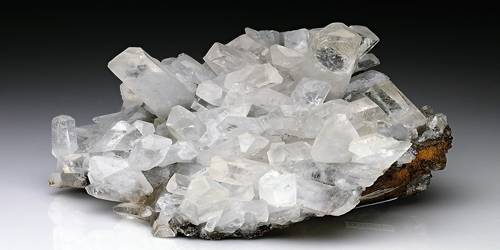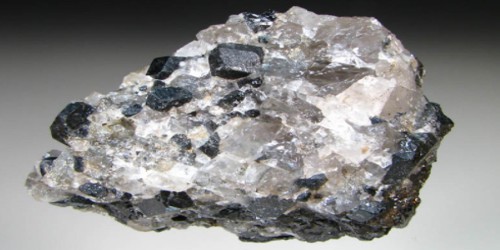Junitoite is a mineral with formula CaZn2Si2O7·H2O. It was discovered at the Christmas mine in Christmas, Arizona, and described in 1976. The mineral is named for mineral chemist Jun Ito (1926–1978). It is a rare mineral that occurs only in the United States at its type locality in the Christmas mine in Arizona, and at Franklin mine in New Jersey.
It was named in honor of Dr. Jun Ito, a Japanese-American mineral chemist at Harvard University in Massachusetts, USA.
General Information
- Category: Sorosilicate
- Formula: CaZn2Si2O7H2O
- Crystal system: Orthorhombic
- Crystal class: Pyramidal (mm2)
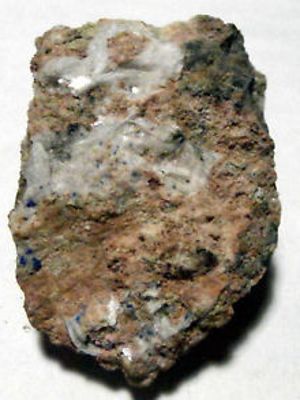
Fig: Junitoite
Properties
Junitoite is transparent to translucent and is colorless, milk-white, or colored due to alteration. Crystals grow up to 5 millimeters (0.20 in) and have high-quality faces. It occurs in fractures through pods of sphalerite. It formed by retrograde metamorphism and oxidation of tactite, also resulting in kinoite.
- Color: Colorless, milk-white, or colored due to alteration
- Fracture: Micaceous
- Tenacity: Brittle to semi-sectile due to alteration
- Mohs scale hardness: 4.5
- Luster: Adamantine, Vitreous, Sub-Vitreous
- Streak: Colorless
- Diaphaneity: Transparent to translucent
- Optical properties: Biaxial (+)
Occurrence
Junitoite occurs in “retrogressively altered tactile zones related to the breakdown of sphalerite in ores.” It is strongly pyroelectric, generates a charge in response to heat. The mineral is known from New Jersey and the type locality in Arizona. Junitoite occurs in association with apophyllite, calcite, kinoite, smectite, and xonotlite.
The International Mineralogical Association approved the mineral as IMA 1975-042. The type material is housed in the University of Arizona, Harvard University, the National Museum of Natural History, the University of Paris, the National School of Mines, and The Natural History Museum.
Information Source:
